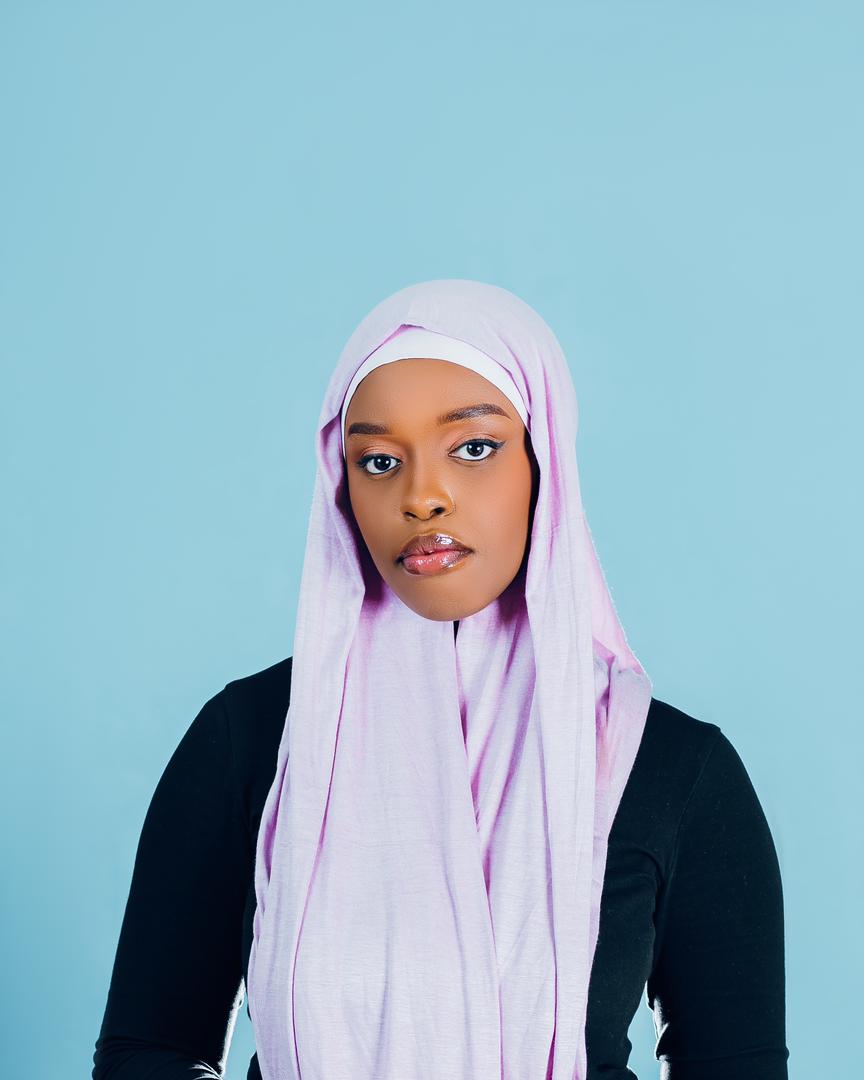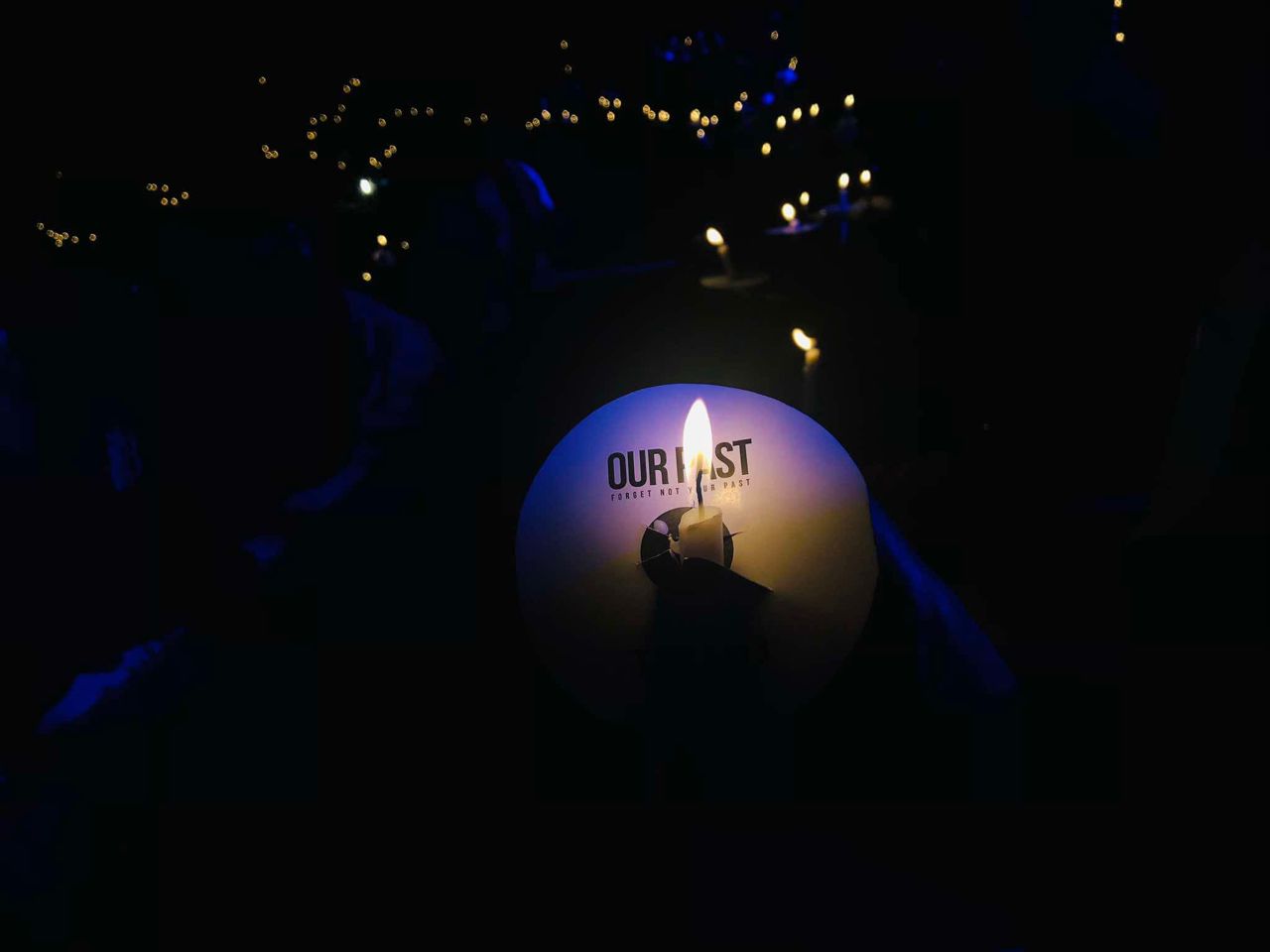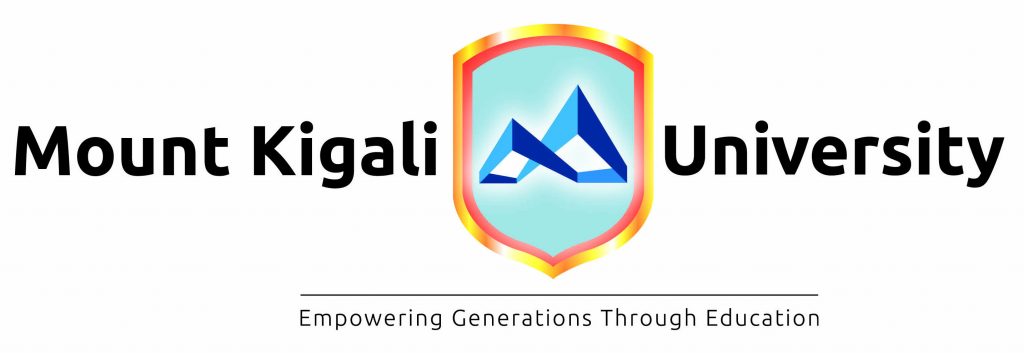More than thirty years have passed since the 1994 Genocide against the Tutsi, yet Rwanda’s story is still being written — not only in books and museums but also in the quiet strength of its people. The country has rebuilt its cities, restored unity, and inspired the world with its resilience. But beneath that resilience lie unspoken stories, memories carried in silence, tucked deep in the hearts of survivors.
The weight of silence
Every year during Kwibuka, Rwanda’s national mourning period, survivors share their testimonies. Some speak with remarkable courage, their voices trembling but steady. Others stay silent, their presence alone telling a story no words can hold.
Psychologists often say that silence is not forgetting; it is protection. Many survivors do not speak because they cannot. For them, language feels too small to contain the pain. A study by the National Commission for the Fight against Genocide (CNLG) found that for many, keeping quiet is not a sign of denial but a way of surviving.
One message from the Kwibuka25 commemoration still echoes deeply: “Remembering is not just for history. It is for the children who will ask and deserve answers.” That message captures both the weight and the hope carried in Rwanda’s remembrance.
Commemoration in Rwanda is not limited to wreaths, speeches, or moments of silence. It is also lived through action, in youth dialogues, survivor support groups, and community projects that continue to heal and rebuild trust.
Journalists have an especially important role in this journey. Through careful and compassionate storytelling, they give voice to those who cannot speak and remind the world that remembrance is not about reopening wounds but about keeping the truth alive. Their words become bridges between the past and the present, helping younger generations understand why peace must never be taken for granted.
Finding healing in different ways
Healing does not look the same for everyone. Some survivors paint or write poetry. Others help their communities, raising children who will never know hate. Some remain silent, letting time and faith do the quiet work of mending what was once broken.
Trauma experts say both silence and storytelling are forms of healing. What matters most is that history is neither denied nor forgotten. Rwanda’s story continues, not just in the voices that speak but also in the quiet strength of those who don’t.
A future built on memories
Today, the task of remembrance belongs to all of us: journalists, students, teachers, and ordinary citizens who choose to listen, to write, and to tell the truth. Every story shared, every silence respected, helps shape a nation that remembers with purpose.
The things we don’t say still speak loudly. They remind us that remembrance is not only about looking back at pain, but also about looking forward with compassion, understanding, and hope. Rwanda’s silence, in many ways, has become its strength, guiding its path toward peace.





